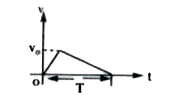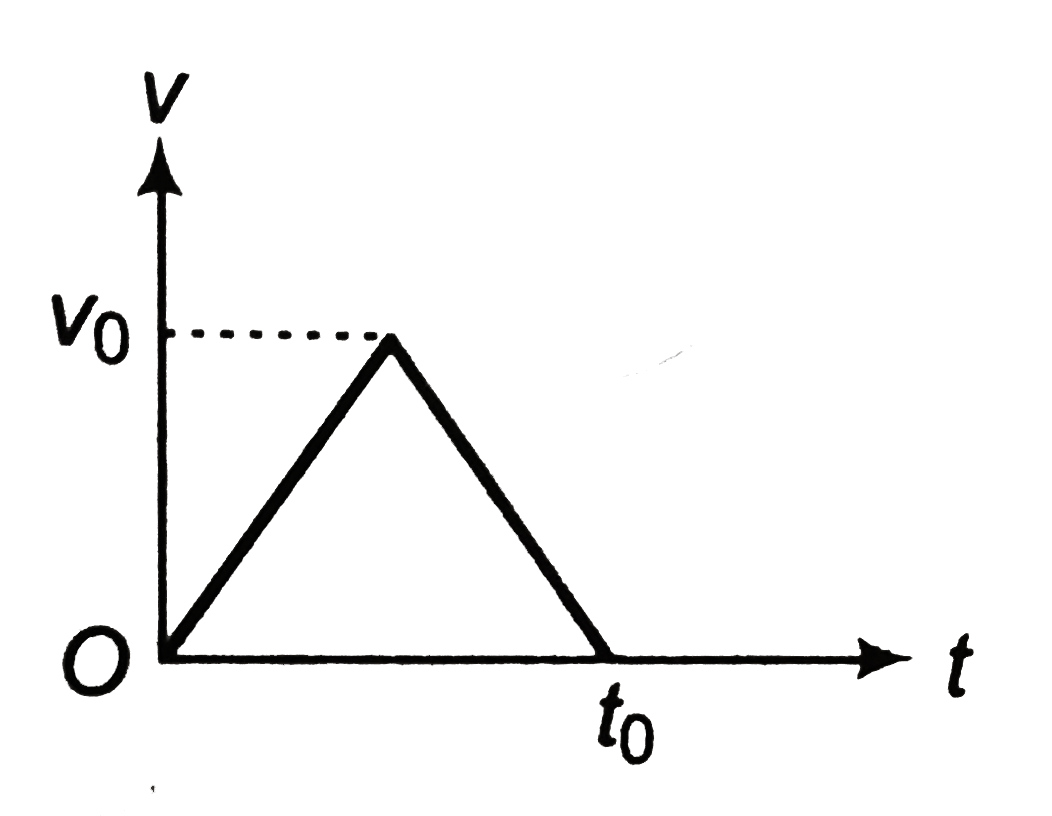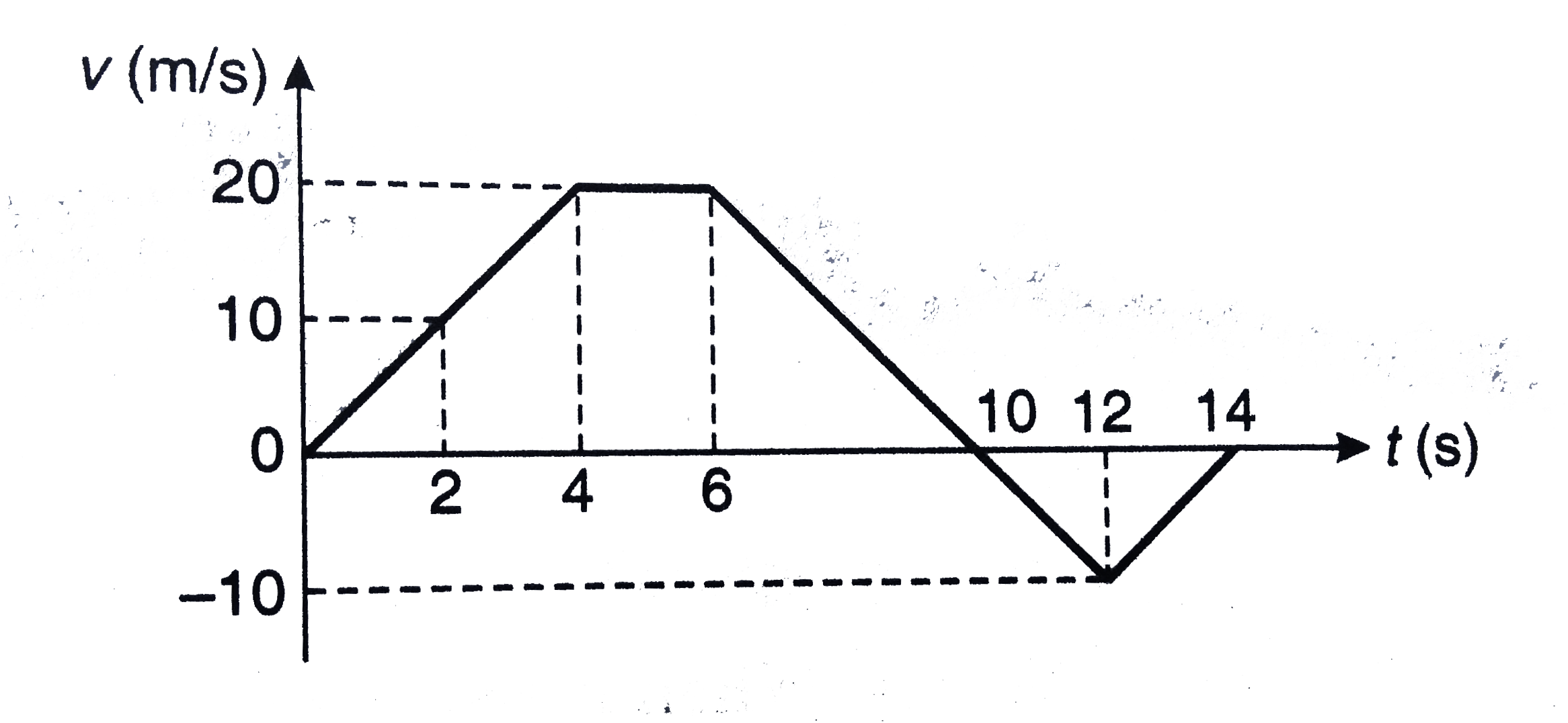Among the four graphs shown in the figure there is only one graph for which average velocity over the time interval (0,T) can vanish for a suitably chosen T. Which one is it ?




The correct Answer is:B
In graph (b) for one value of displacement there are two different points of time. Hence, for one time, the average velocity is positive and for other time is equivalent negative. As there are opposite velocities in the interval 0 to T hence average velocity can vanish in (b). This can be seen in the figure given below

Here, OA = BT (same displacement) for two different points of time.
Similar Questions
Among the four graph shown in the figure there is only one graph for which average velocity over the time interval (O,T) can vanish for a suitably chosen T. Which one is it ?
View SolutionAmong the four graphs shown in the figure there is only one graph for which average velocity over the time interval (0,T) can vanish for a suitably chosen T. Which one is it ?
View SolutionAmong the four graphs shown in the figure there is only one graph for which average velocity over the time interval (0,T) can vanish for a suitably chosen T. Which one is it ?
View Solutionदिए गए ग्राफों में केवल एक ग्राफ ऐसा है जिसमें समय अंतराल (0, T) के लिए औसत वेग, एक उपयुक्त रूप से वहन गए समय T के लिए शून्य हो सकता है। यह कौन-सा ग्राफ है ?
View SolutionA particle moves in a straight line obeying the v-t graph as shown in the figure. The average velocity of the particle over the time T is :

View SolutionThere is only one graph in the given graphs (Fig), in which the average velocity for the time interval (O, T) can be zero for a suitably chosen time T. What graph is this?
View SolutionAssertion : In v-t graph shown in figure, average velocity in time interval from 0→t0 depends only on v0. It is independent of t0.
Reason : In the given time interval average velocity is v02.

View SolutionVelocity-time graph of a particle moving in a straight line is shown in figure. In the time interval from t=0 to t=14s, find

(a) average velocity and
(b) average speed of the particle.
View Solution
